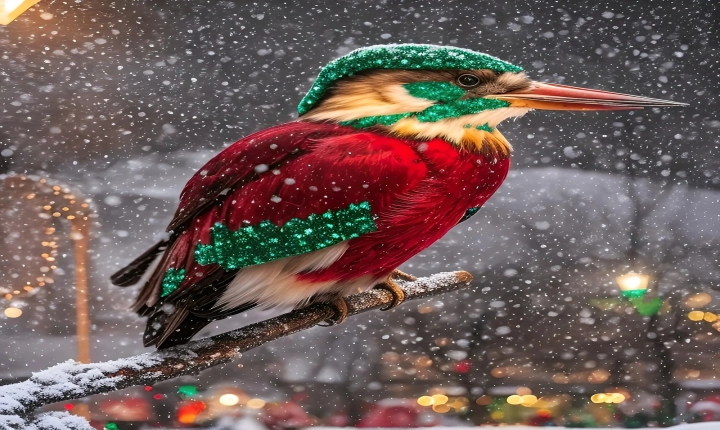AI art has undeniably taken the art world by storm in recent years, with many works created by artificial intelligence fetching high prices at auctions and exhibitions. However, the rise of AI-generated art has sparked a contentious debate about whether it constitutes a form of intellectual property theft from human artists.
The issue at the heart of this debate is whether AI-generated art can truly be considered the original creation of an artist. While AI algorithms can produce stunning and innovative pieces of art, they are ultimately programmed by human creators and rely on pre-existing data and patterns. This raises questions about the originality and authenticity of art generated by AI.
One argument in favor of AI art being a form of theft from human artists is that it lacks the emotional and personal connection that human creators bring to their work. AI does not possess lived experiences, emotions, or a unique perspective on the world, all of which are fundamental to the creative process for human artists. As a result, some argue that AI-generated art can never truly replace or replicate the depth and meaning that human art carries.
On the other hand, proponents of AI art argue that it represents a groundbreaking and innovative form of artistic expression. They contend that AI is simply a tool that can be used by artists to explore new creative possibilities and push the boundaries of traditional art forms. AI-generated art is seen as a collaboration between human creativity and machine learning algorithms, rather than a replacement for human artists.
Moreover, AI-generated art has the potential to democratize the art world by allowing individuals without traditional artistic training to create compelling works. This raises questions about the nature of authorship and the meaning of originality in the digital age.
From a legal perspective, the issue of intellectual property rights surrounding AI art remains complex and largely uncharted territory. Existing copyright laws were not designed to address the unique challenges posed by AI-generated art, leaving many questions unanswered. Should the original developers of the AI algorithms hold the copyright to the art it produces, or should the artist who trained the AI be considered the creator? These are just a few of the legal questions that have yet to be fully resolved.
In conclusion, the debate over whether AI art is stolen from human artists is likely to continue as the use of AI in the art world becomes more prevalent. While AI-generated art undoubtedly challenges traditional notions of authorship and originality, it also presents exciting opportunities for new forms of creative expression. The crucial task ahead is to navigate the complexities of intellectual property rights in the context of AI-generated art, striking a balance between fostering innovation and protecting the rights of human artists.
